Since its establishment in 1992, the Praxis Science Outreach Society has been dedicated to fostering the connection between science and their community in southeastern Alberta. Recognized for its efforts with the 1995 ASTech Award, the organization has continuously thrived on the commitment of its volunteers, who collectively contribute over 1000 hours annually to its programs. Governed by a dedicated volunteer Board of Directors, which donates over 300 hours each year, Praxis relies on the support of nearly 200 volunteers who play a crucial role in delivering its initiatives. Over the years, Praxis programs have made a significant impact, reaching over 100,000 individuals spanning youth, children, and adults across more than 20 communities throughout southeastern Alberta, reflecting its enduring commitment to education and outreach since its inception.
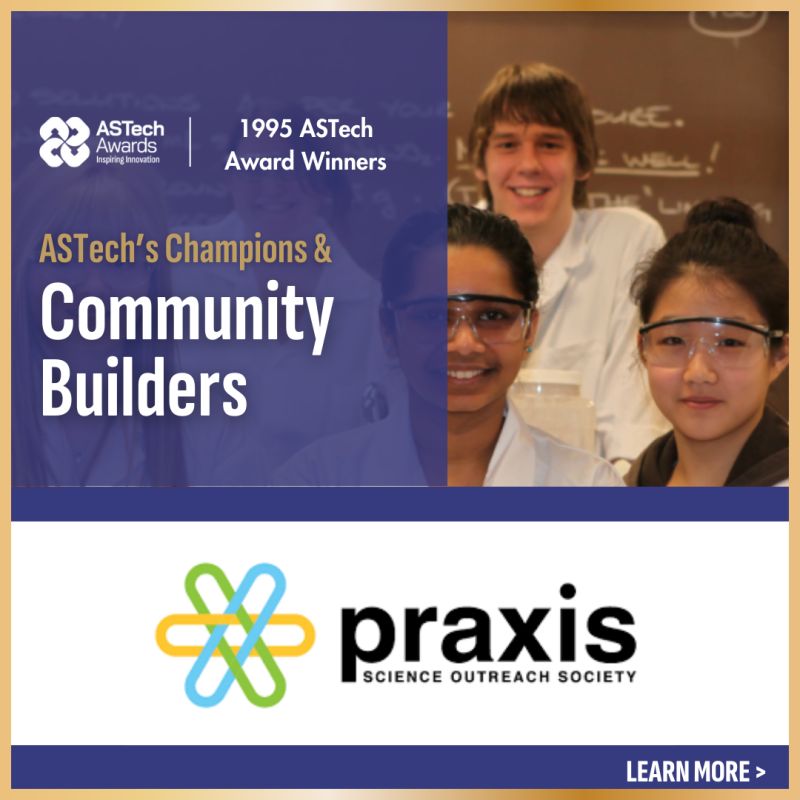
Here are some of the amazing programs that Praxis offers:
Operation Minerva:
Operation Minerva, a STEM empowerment program for grade nine girls, benefits from around 50 mentors volunteering annually, some of whom are past participants. Through partnerships with 25 local businesses, one-on-one mentoring opportunities are provided, impacting nearly 1000 girls since 1992.
Science Fair:
Praxis hosts a Regional Science Fair, which has operated for 49 years, and sees approximately 60 volunteer judges yearly. Notable involvement includes Praxis’s Senior Scientific Consultant and two Board members at the Canada-wide Science Fair. Collaborative efforts, like the Science Fair 101 Program in partnership with Medicine Hat College, reached 250 students this year, and at least two students from southeastern Alberta compete in the Canad Wide Science Fair each year. Success stories, like Katie Van Der Sloot and Rachel Brown, underscore the program’s impact, with coverage of their win in Maclean’s magazine, as they won a bronze medal for their investigation into triclosan as part of a science project.
Community Outreach:
Praxis’s Community Outreach is an important component of their work. From the Family Science Olympics where 3000 parents, grandparents, aunts, uncles and children, have participated, to distribution of STEM Learning Kits which have touched nearly one million fingers over the years. Overall, more than 10,000 people have participated in community Science Outreach activities. The team at Praxis has also created a counterpart program to Operation Minerva, THOTH to encourage male youth in STEM Fields. Their programs include Operation Minerva (a STEM empowerment program for girls) and the Family Science Olympics (in partnership with Medicine Hat College), as well as hosting the South East Alberta Regional Science Fair and distributing hands-on STEM kits to classrooms throughout the region.
Praxis relies on community support. To donate to Praxis, click here. To become a volunteer, click here.
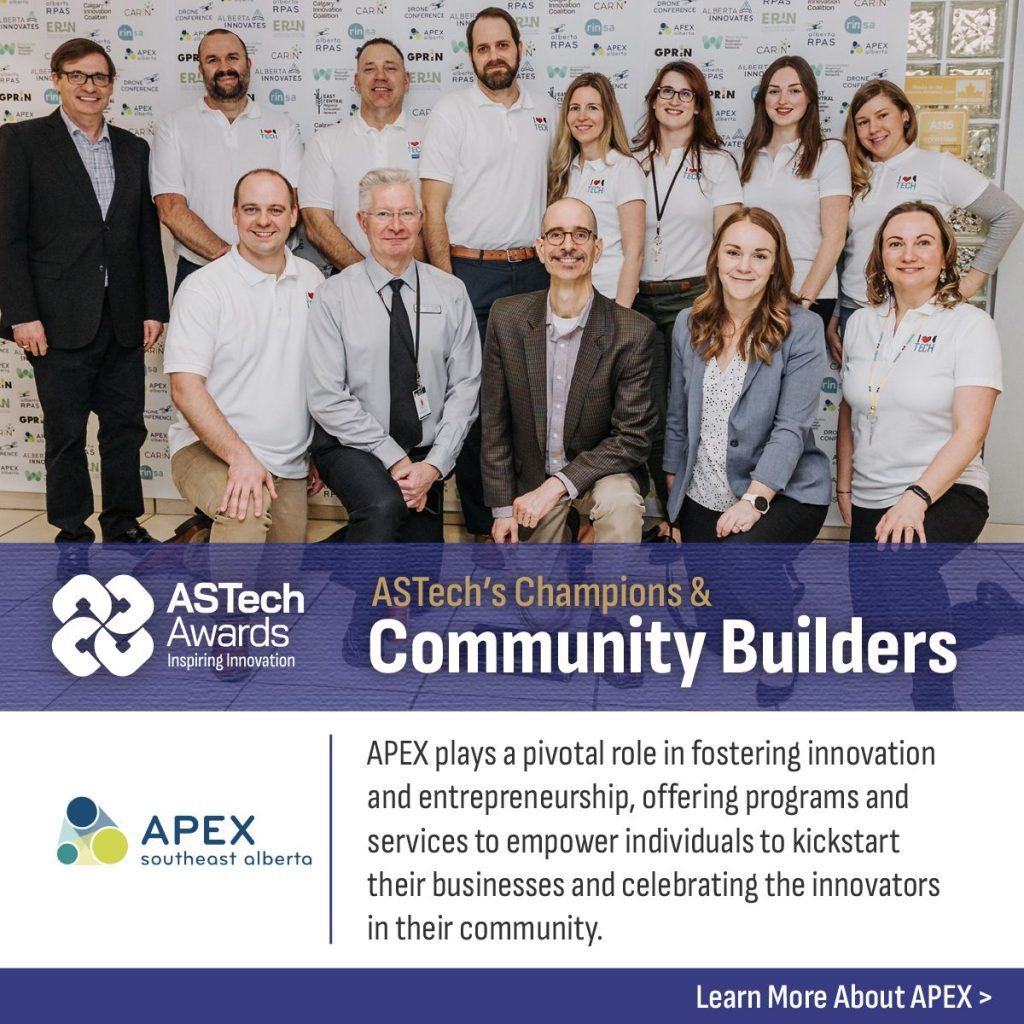

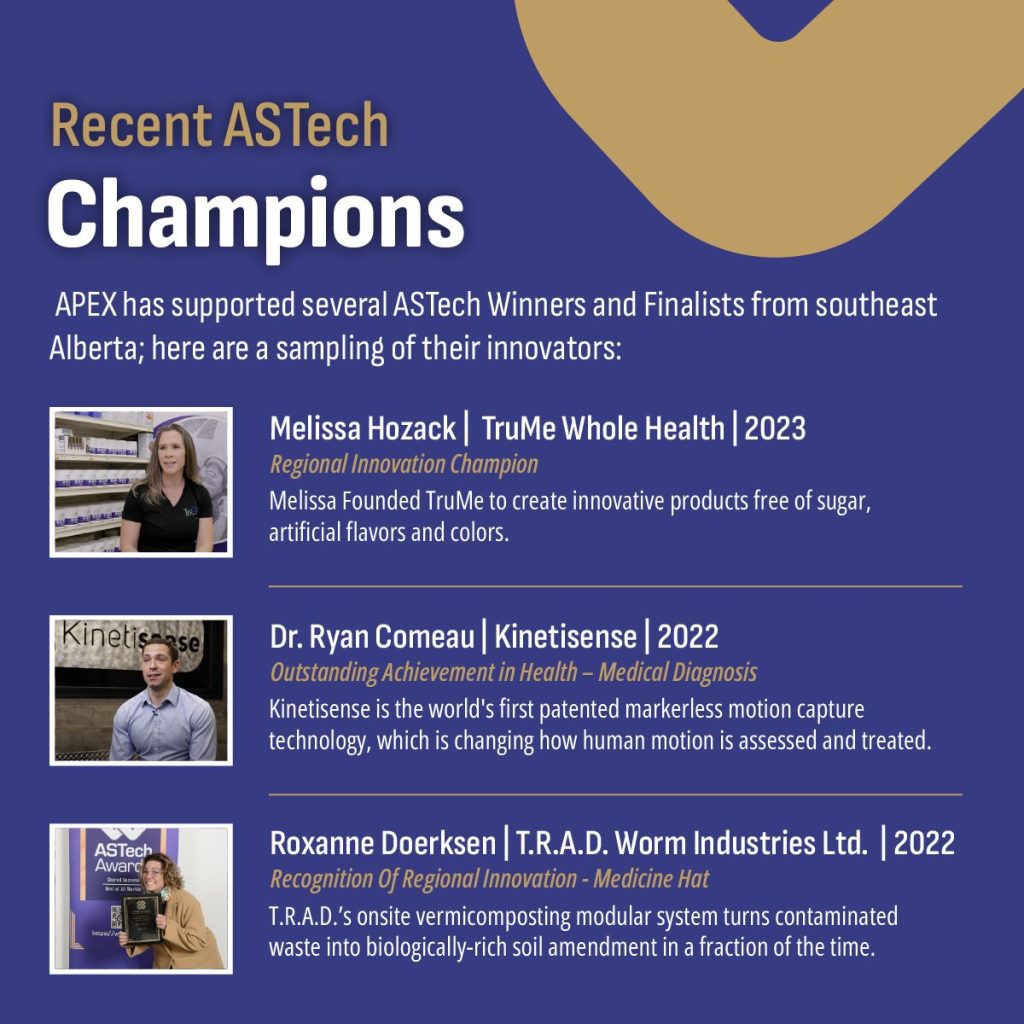

















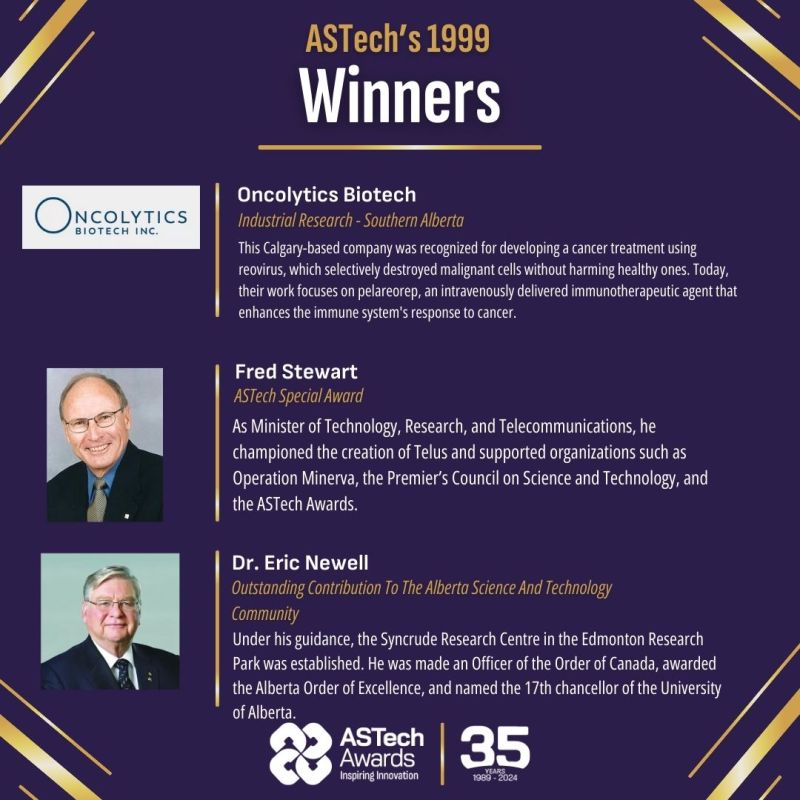




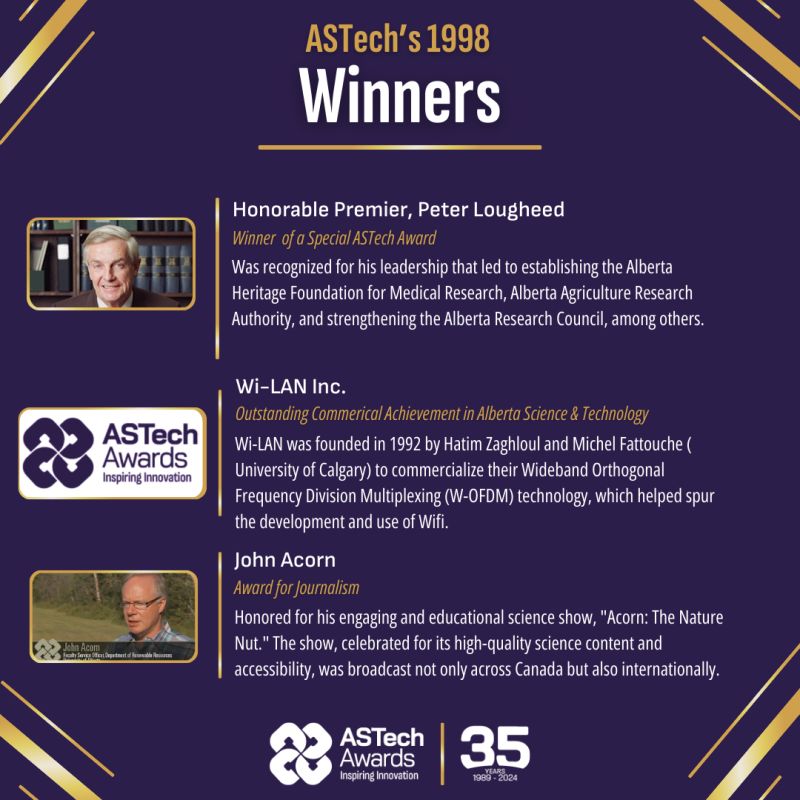



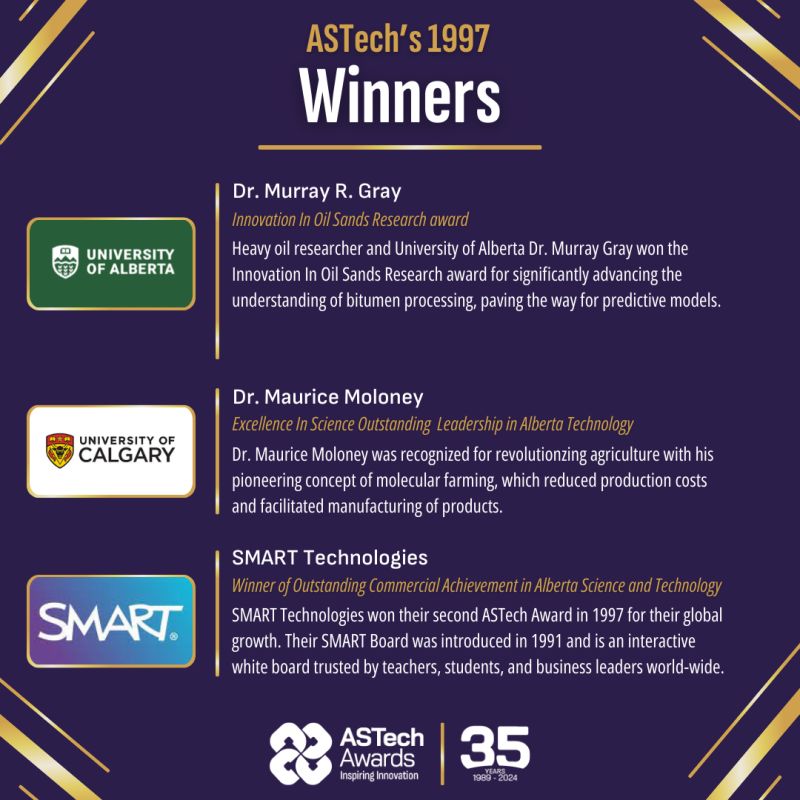












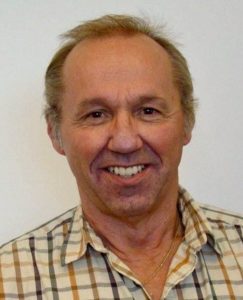


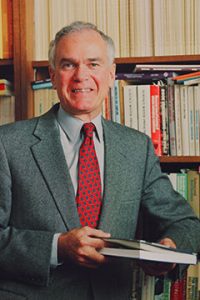
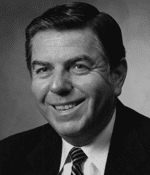

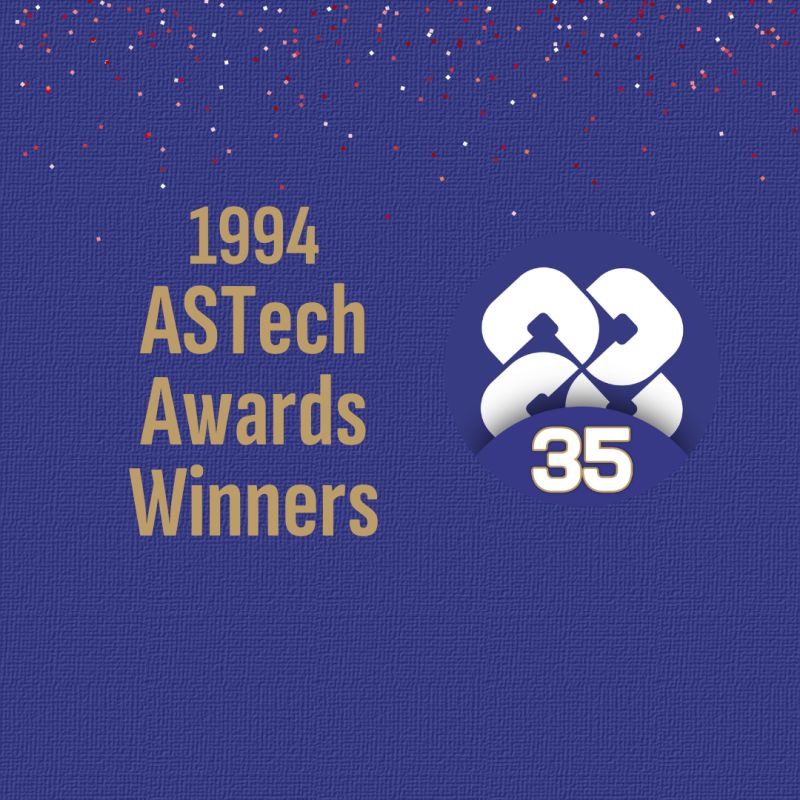

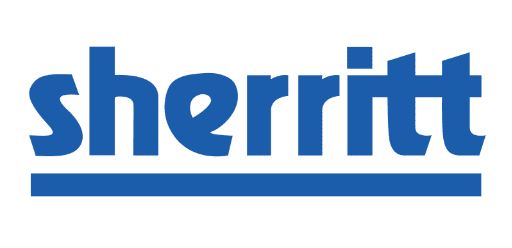

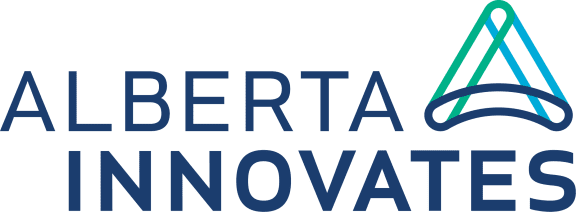





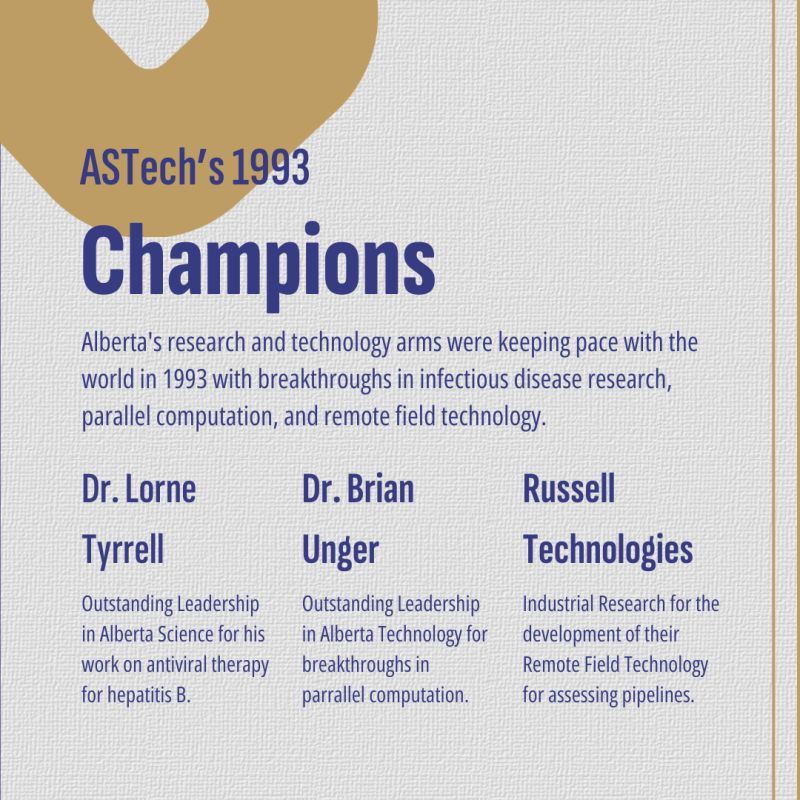
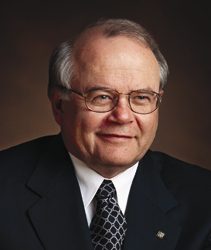
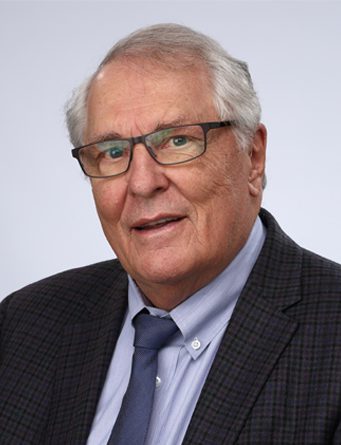



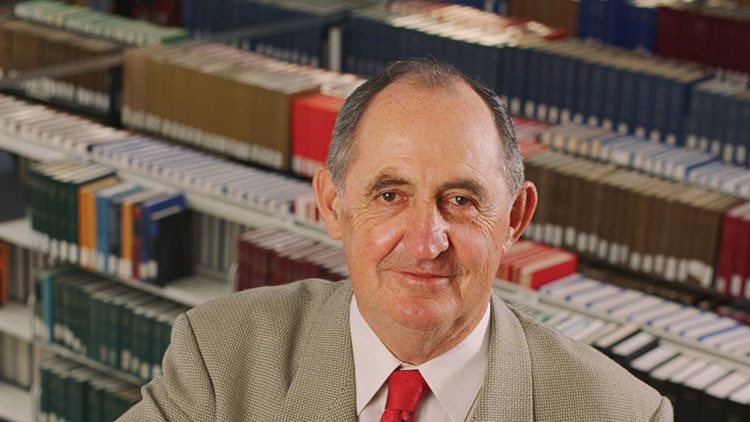
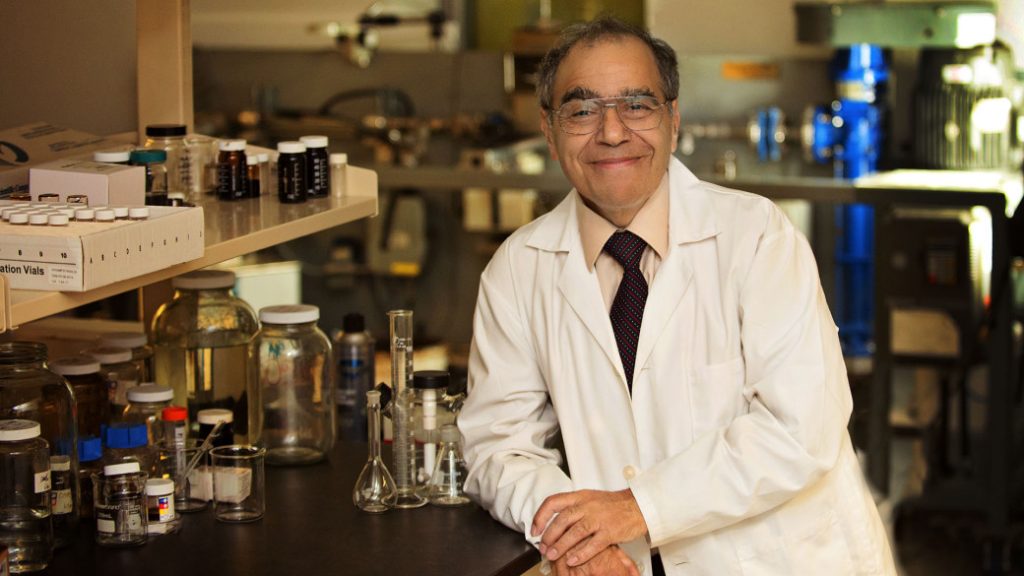
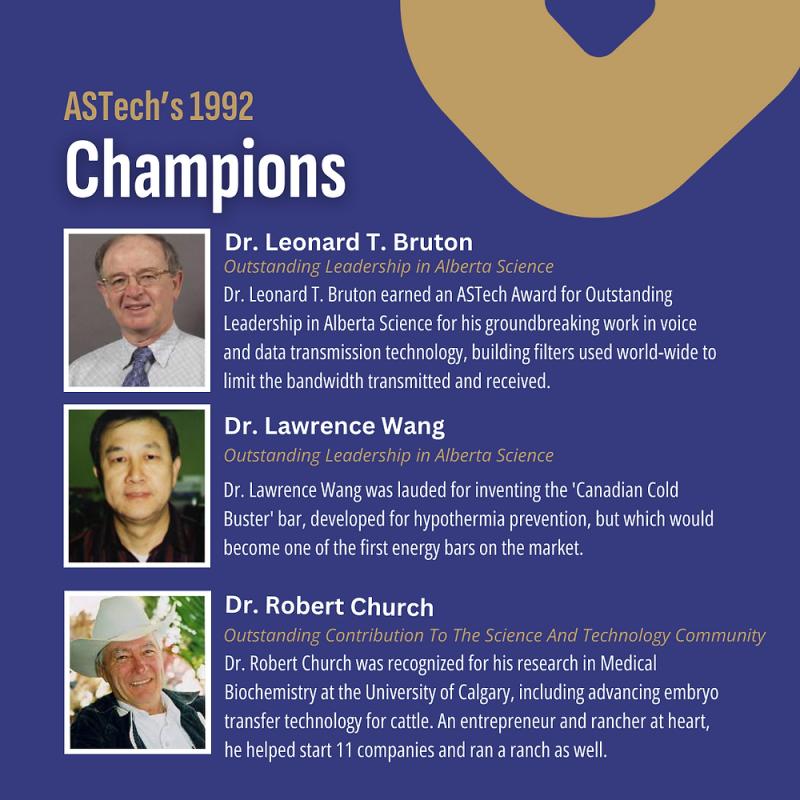







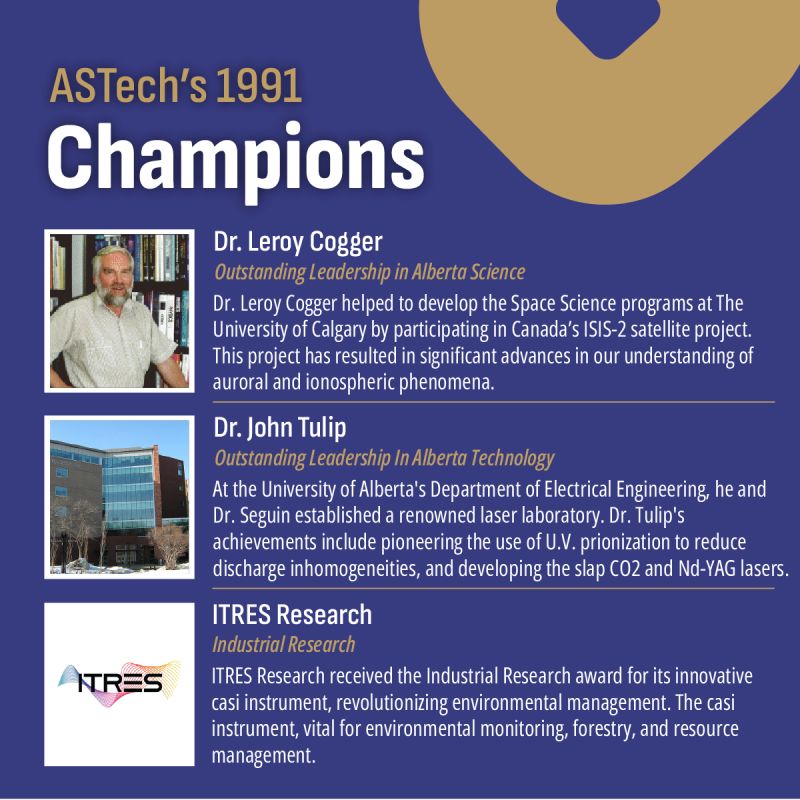




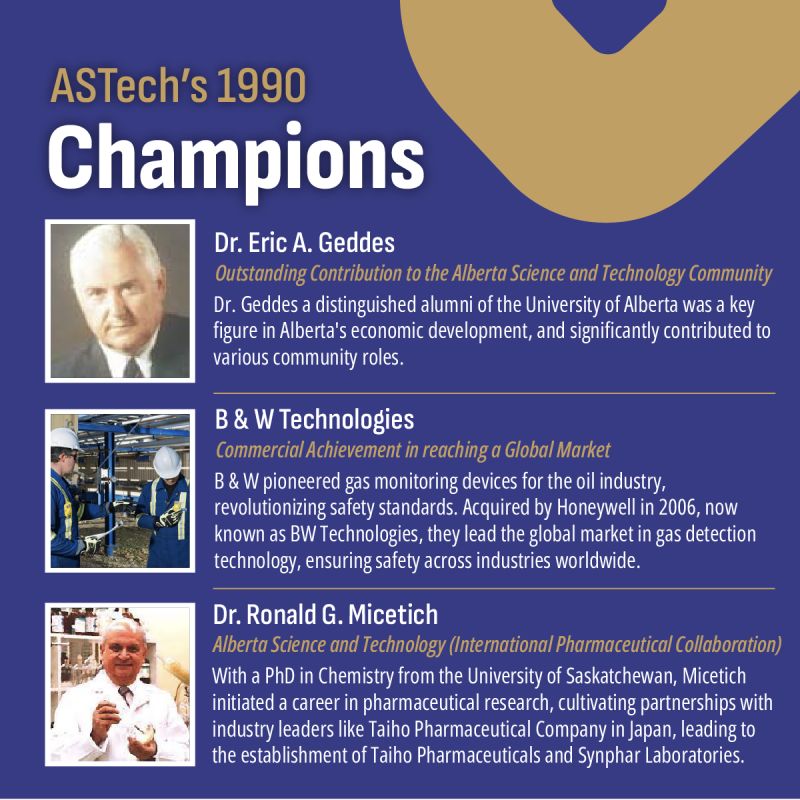
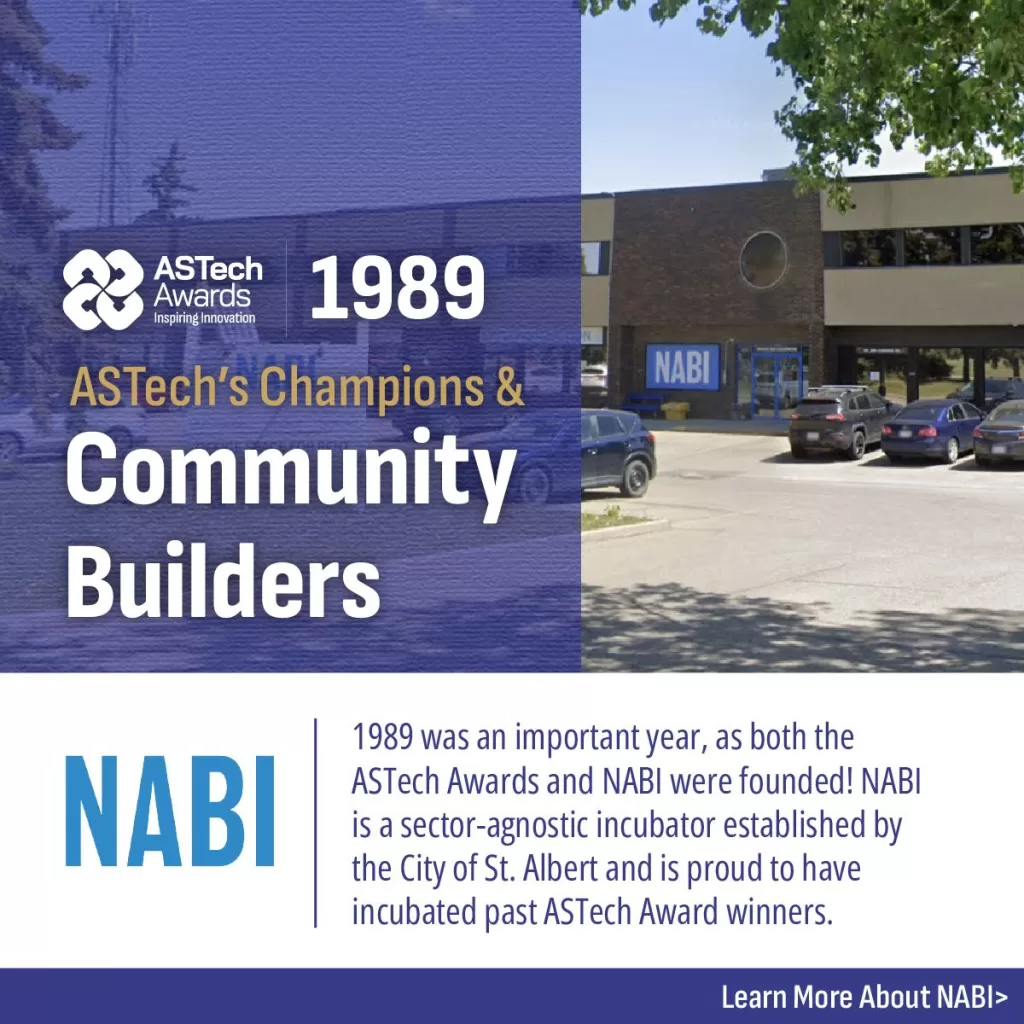
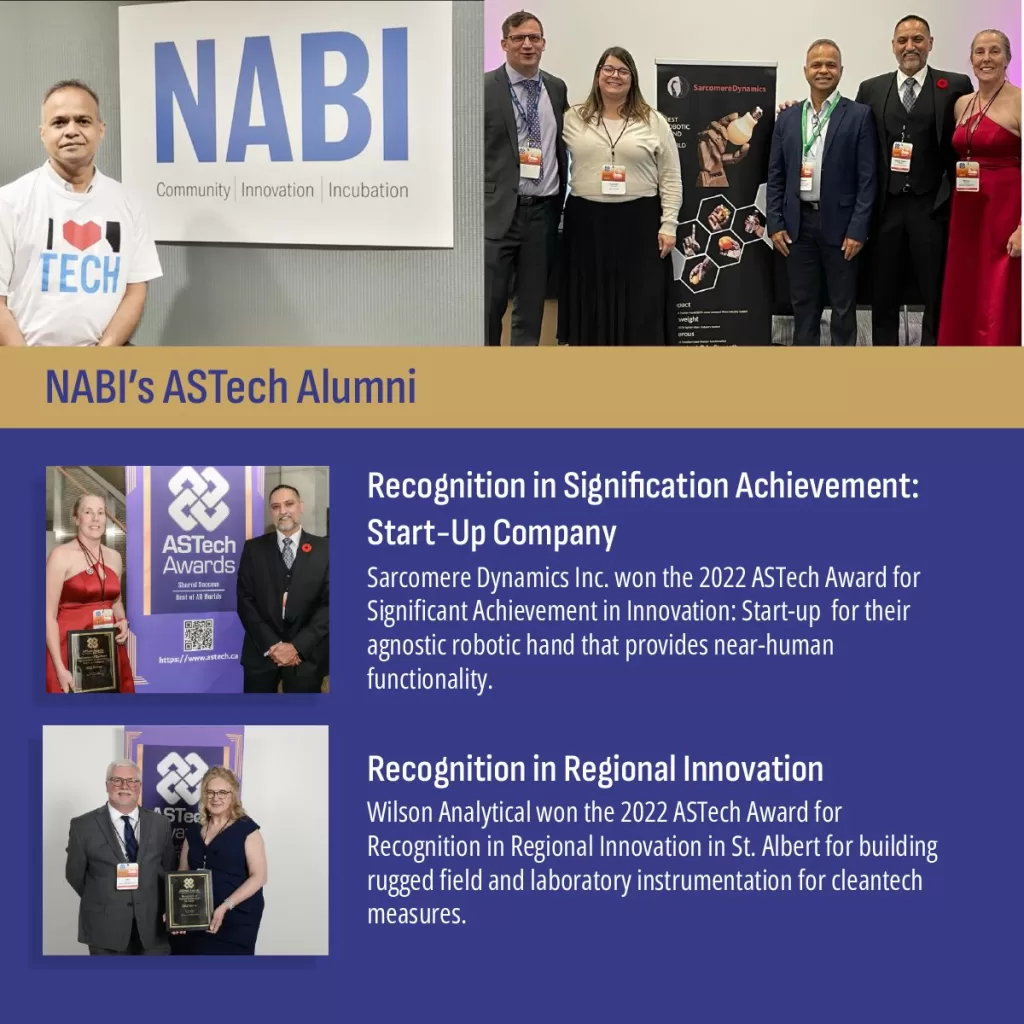
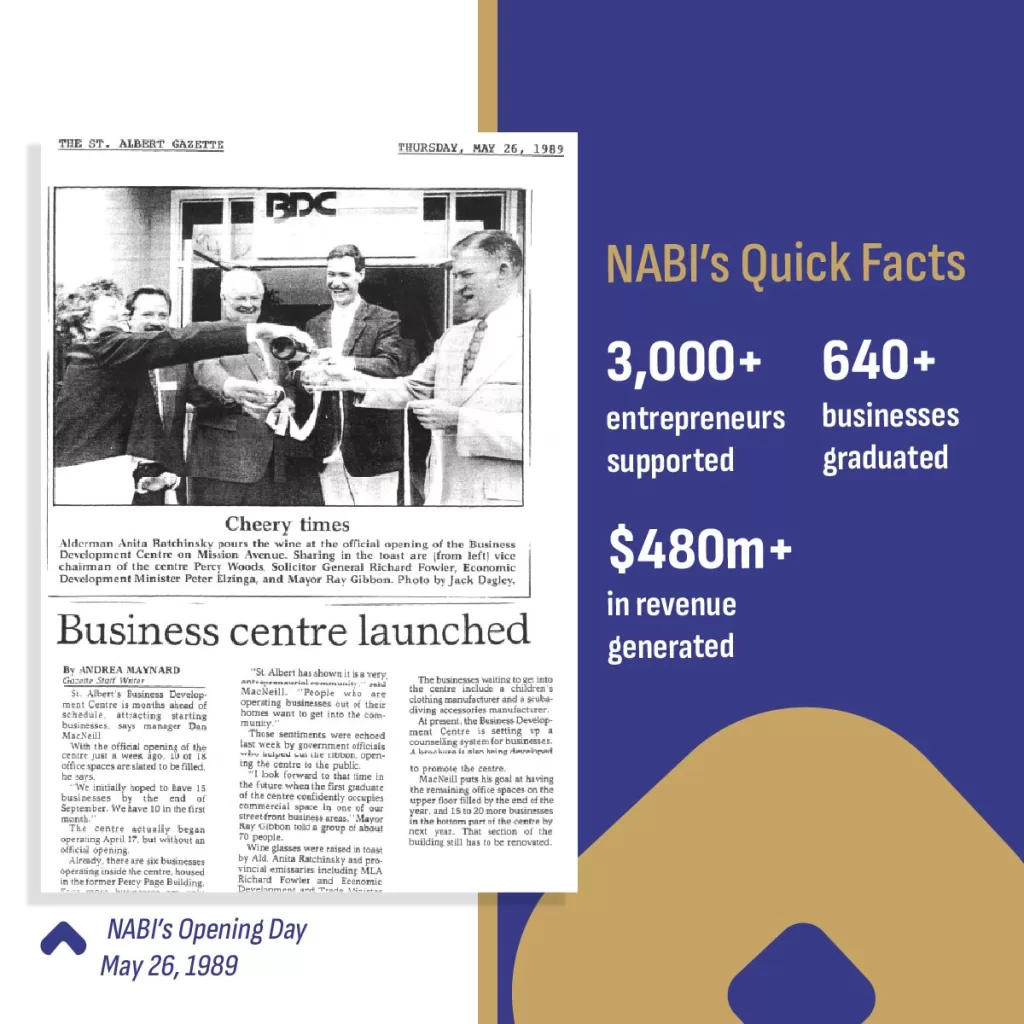
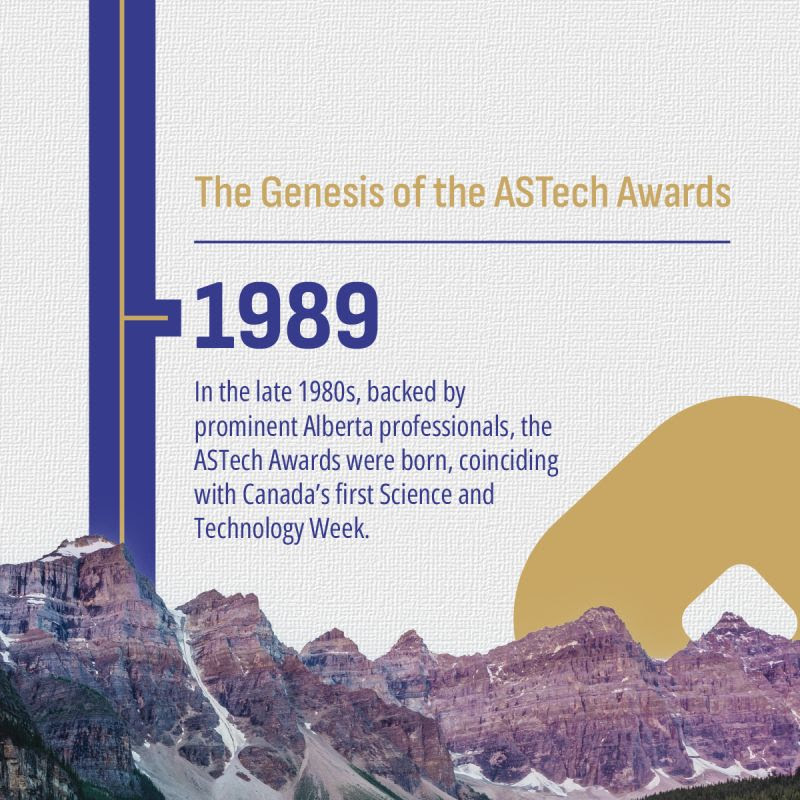
 ASTech Award nominations now open
ASTech Award nominations now open  As we emerge from the darkness of 2020, the innovation ecosystem in Alberta craves INSPIRATION!
As we emerge from the darkness of 2020, the innovation ecosystem in Alberta craves INSPIRATION! That’s why celebrating stories of success is so important! it proves that turning a brilliant idea into worldwide success is absolutely possible in Alberta. But seeing others succeed, learning from their experiences and capitalizing on their contacts elevates the innovation ecosystem in Alberta. Whether you are an entrepreneur, a woman, a researcher or an innovator, we celebrate your success.
That’s why celebrating stories of success is so important! it proves that turning a brilliant idea into worldwide success is absolutely possible in Alberta. But seeing others succeed, learning from their experiences and capitalizing on their contacts elevates the innovation ecosystem in Alberta. Whether you are an entrepreneur, a woman, a researcher or an innovator, we celebrate your success. Nominations open March 1 through May 31, 2021. Finalists are announced in June and awards presented in October.
Nominations open March 1 through May 31, 2021. Finalists are announced in June and awards presented in October. If you or someone you know had a banner year in 2020, then get ready to submit your ASTech Award nomination. Deadline is May 31, 2021.
If you or someone you know had a banner year in 2020, then get ready to submit your ASTech Award nomination. Deadline is May 31, 2021. 11 Months of Inspired Thinking 2020/21
11 Months of Inspired Thinking 2020/21
